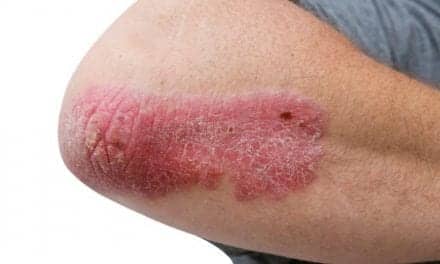(Reuters Health) – Primary care doctors in the United States may be ill-equipped to diagnose or treat basic skin conditions because medical schools offer very little dermatology training as part of the general curriculum, a survey suggests.
Based on queries to 137 accredited medical schools, researchers found most don’t offer dedicated dermatology courses or require their students to take clinical rotations in dermatology, according to a report in JAMA Dermatology.
“It is so difficult to see a dermatologist in the United States, and this problem is compounded by the fact that many primary care doctors have little training with dermatologic conditions,” said coauthor Dr. Jules Lipoff, an assistant professor of clinical dermatology at the University of Pennsylvania, in Philadelphia.
“We believe primary care doctors are handicapped in their ability to take care of skin conditions because we perceive that they’re not getting good or even basic training in medical school.”
The research team called student affairs offices at medical schools across the country between October 2018 and August 2019. They followed up via email and collected information by trawling through the schools’ websites.
Of the 135 schools that responded to the survey, just 16 (12%) had a course dedicated solely to dermatology in their 2-year preclinical curricula, while 49 (36%) included dermatology lessons as part of other coursework.
Two out of 136 schools, or 1%, had a required third-year clinical rotation in dermatology lasting one to four weeks. Many more, 62%, had an elective dermatology rotation in the third year.
“One problem is that there’s limited time. There are only so many years in medical school, so schools have to make decisions about what they’re going to include and what they’re not,” Lipoff said in a phone interview.
To become a board-certified dermatologist in the U.S., a doctor must complete medical school, an internship and a residency in dermatology and pass an examination administered by the American Board of Dermatologists (ABD).
Lipoff thinks that if primary care doctors were better equipped to handle basic dermatology cases, it would allow certified dermatologists to use their time on patients with more severe conditions.
Dr. Erik Stratman, who directs the dermatology residency program at the Marshfield Clinic Health System in Wisconsin, agreed, adding that training to treat skin conditions should be included in primary care residencies since these practitioners treat the majority of dermatology cases.
“Many medical schools have in recent years been revamping significant aspects of curriculum – surely, (the fact) that more than a quarter of the population seeks medical care for a dermatologic problem each year should carry some sort of leverage,” he said.
The authors note that when non-dermatologists take up a dermatology case, they are only able to correctly diagnose it 20% to 50% of the time.
Stratman, who formerly chaired the American Academy of Dermatology’s Council on Education, notes the availability of online resources, including one created by the academy, which offer medical students dermatology training free of charge.
“(This) serves as an excellent resource for programs lacking local academic dermatology conferences,” he said. “However, any online curriculum is only as good . . . as the local medical school that pushes to incorporate it.”
Lipoff says doctors pursuing different specialties may exist in their own bubbles and a broader, common curriculum would help them work together.
“We’re not going to argue that dermatology deserves more time than primary specialties . . . but it does seem like there’s a missed opportunity to do a better job of including more dermatology in curricula,” he said.
[Source: Reuters Health]



